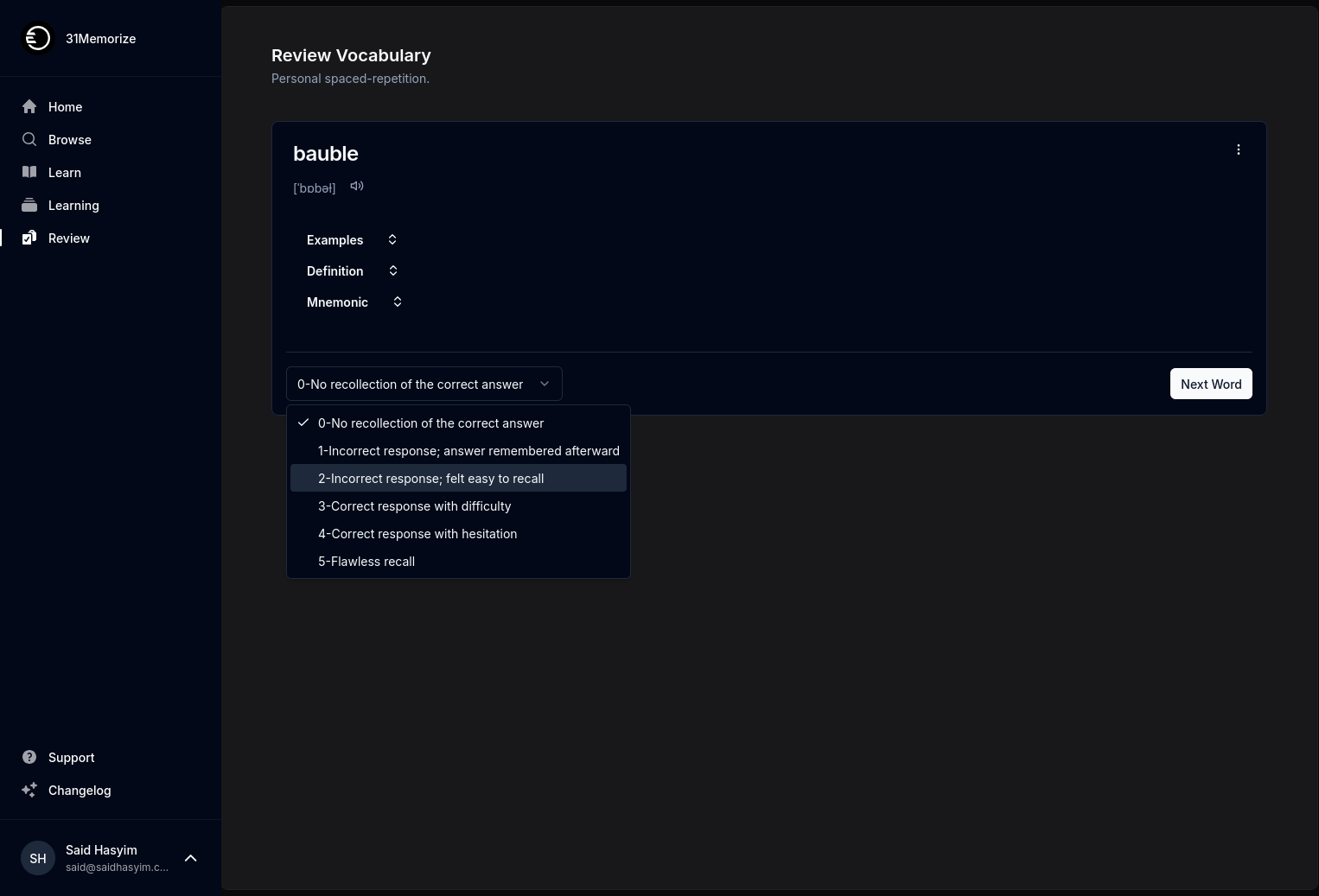Building Your Author Portfolio with Feedback Data
As an author, your portfolio reflects not only your writing skills but also your ability to adapt and grow through the feedback you receive. Creating a compelling author portfolio requires more than just showcasing your best work; it involves analyzing feedback data to understand your strengths and areas for improvement. This blog post will explore how you can effectively gather, analyze, and apply feedback data to build a robust author portfolio that not only impresses agents and publishers but also resonates with readers.
Understanding Feedback Data
What is Feedback Data?
Feedback data encompasses any input you receive regarding your writing, be it from beta readers, writing groups, workshops, or even published reviews. This data can be qualitative (descriptive and subjective) or quantitative (numerical ratings or scores). The key is that feedback data offers insights into how your work is perceived and how it can be improved.
Types of Feedback Keywords
- Constructive Criticism: Inputs aimed at enhancing your writing, providing specific suggestions for improvement.
- Ratings and Scores: Numerical evaluations, such as star ratings or scoring sheets, offering a quantitative assessment of your work.
- Emotion-Based Feedback: Comments that reflect the emotional impact of your writing on readers.
- Genre-Specific Feedback: Insights related to how your work fits within a specific genre, addressing conventions and expectations.
Gathering Feedback Data
How to Collect Feedback
Beta Readers: Assemble a group of individuals who share your target audience and ask them to read your manuscript. Encourage honest feedback that focuses on plot, characters, pacing, and overall enjoyment.
Writing Groups and Workshops: Participate in local or online writing groups where members critique each other’s work. This setting often provides a mix of professional and amateur insights.
Surveys and Questionnaires: After sharing your work, distribute surveys to gather structured feedback. Include both quantitative scales (1-5 stars) and open-ended questions to obtain detailed responses.
Social Media and Online Communities: Share excerpts of your work on platforms like Twitter, Reddit, or writer-focused forums. Engage with readers and other writers to receive spontaneous reactions.
Review Platforms: If you have published work, keep an eye on reviews. Analyze the commentary to extract strengths and weaknesses others see in your writing.
Keeping it Organized
Utilize spreadsheets or dedicated feedback management tools to categorize and analyze feedback efficiently. Include columns for the source of feedback, specific comments, thematic observations, and your personal reflections. This organization will facilitate later analysis and help you track developments over time.
Analyzing Feedback Data
Recognizing Patterns
Once you have collected feedback, take the time to review it comprehensively:
Notice Common Themes: Look for recurring comments across different sources. Are readers consistently praising your character development but criticizing your pacing? Patterns may reveal both strengths to leverage and weaknesses to address.
Quantitative Analysis: If your feedback includes ratings, create visual representations (charts or graphs) to compare scores and identify trends over time. For example, plot your average scores against various drafts to ascertain improvement.
Emotional Impact: Pay attention to how readers describe their emotional reactions to your work. This feedback can guide you in making adjustments that resonate more powerfully with your audience.
Context Matters: Always evaluate feedback in context. If multiple readers mention that a subplot was confusing, consider revisiting that aspect, but weigh it against your vision for the story. Not every piece of feedback necessitates change.
Prioritizing Feedback
Not all feedback is created equal. While it is vital to heed constructive suggestions, prioritize feedback based on its relevance and source. Consider factors such as:
- Credibility of the Source: Is the feedback coming from a writing professional or a casual reader?
- Intent and Tone: Ensure that the critique is constructive rather than personal or vague.
- Aligning with Your Goals: Assess whether the feedback aligns with the themes and messages you are trying to convey in your writing.
Applying Feedback Data to Your Portfolio
Refining Your Work
Use the insights gained from analyzing feedback to refine your writing. Here are specific ways to implement feedback:
- Revise Manuscripts: If several readers mention issues with plot holes, allocate time to revise those elements before pursuing publication.
- Develop Skills: Identify skill areas requiring enhancement (e.g., dialogue writing, character arcs). Consider pursuing workshops or courses focusing on these aspects.
- Iterative Process: Treat feedback as part of an ongoing development cycle rather than a one-off event. Continuous iteration can lead to a stronger end product.
Showcasing Feedback in Your Portfolio
Integrating feedback data into your portfolio can elevate your presentation:
- Include Testimonials: Insert selected quotes from beta readers, writing group members, or reviewers praising your work. This lends credibility and demonstrates your perceived value as an author.
- Visual Data Presentation: Consider creating charts that illustrate your ratings over time or highlight significant improvements following feedback implementation.
- Analysis Summaries: Write brief reflections discussing how feedback informed your choices in revisions. Showcase your adaptability and willingness to grow as a writer.
Conclusion
Building an author portfolio anchored in feedback data is a proactive way to demonstrate growth and adaptability in your writing journey. By effectively gathering, analyzing, and applying feedback, you not only improve your craft but create a portfolio that authentically represents who you are as an author. As you traverse the path of writing, remember that feedback is a gift — a gateway to evolution, connection, and ultimately, success. Embrace this process, and you will find your portfolio radiates with the authenticity and depth that readers are drawn to.
Happy writing! Your journey to building a remarkable portfolio with feedback data is just beginning. Embrace the feedback, learn willingly, and watch as your author career flourishes!
